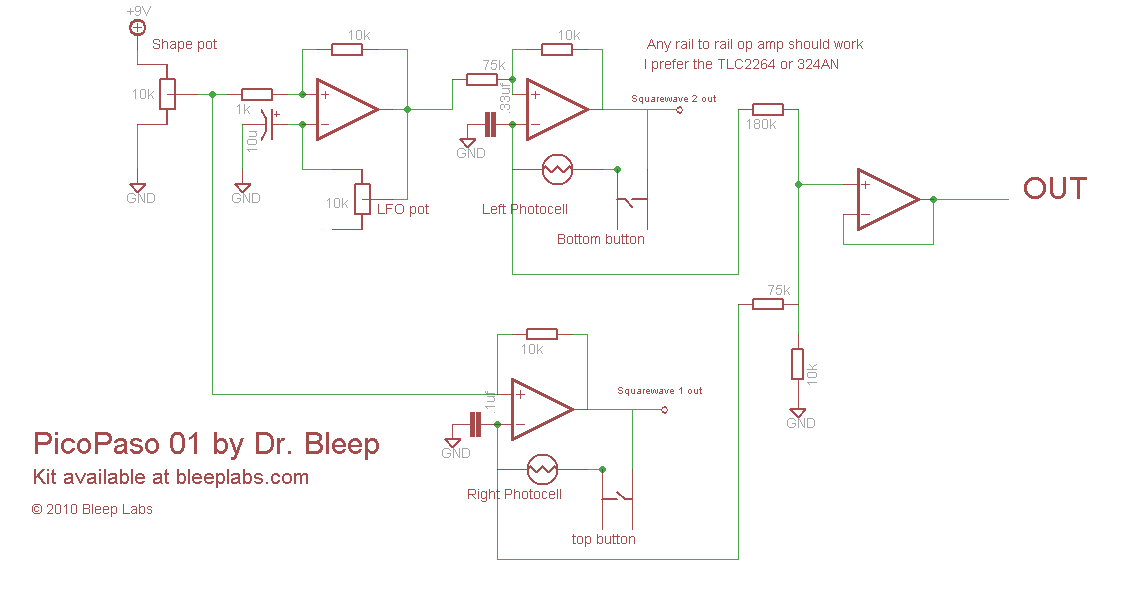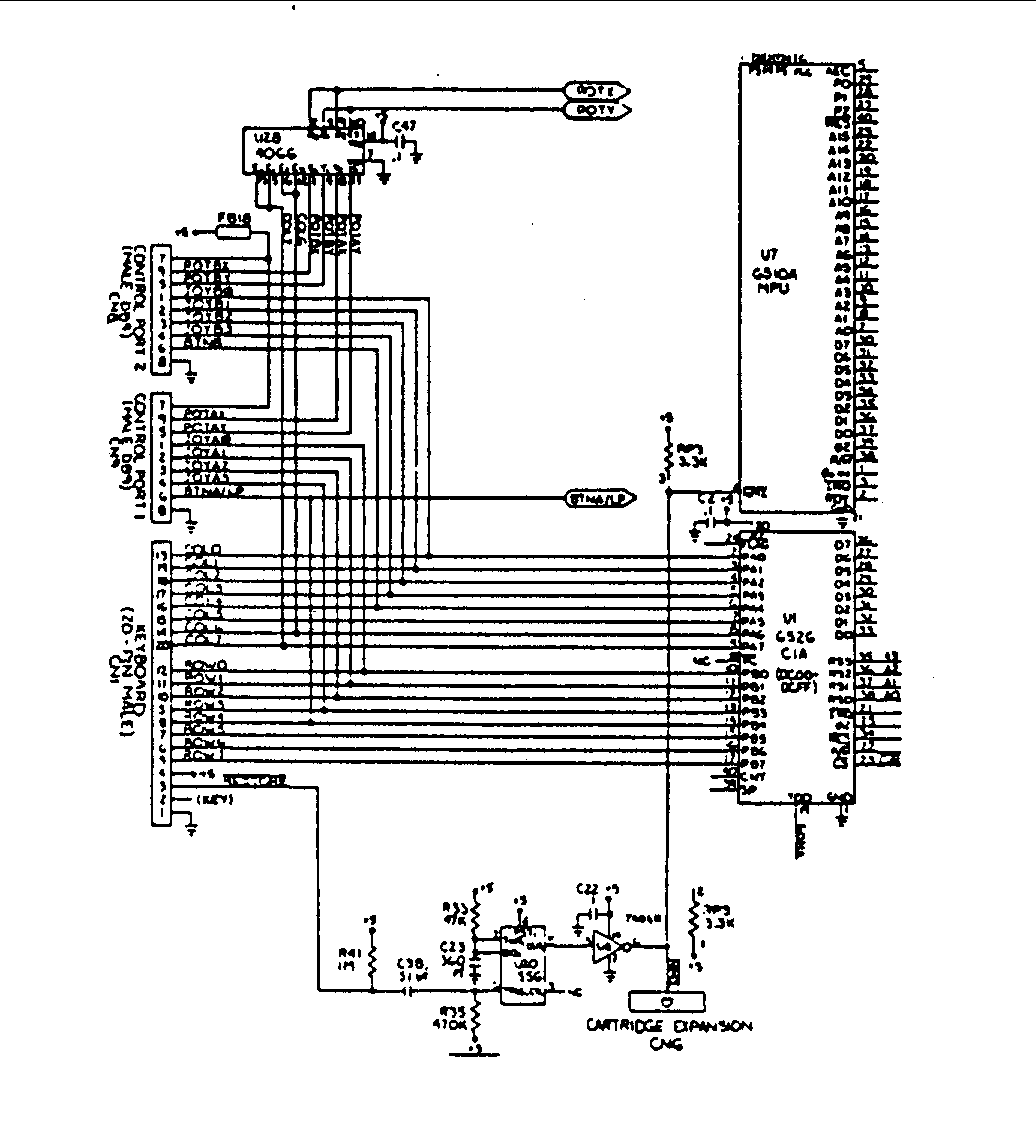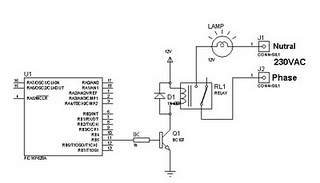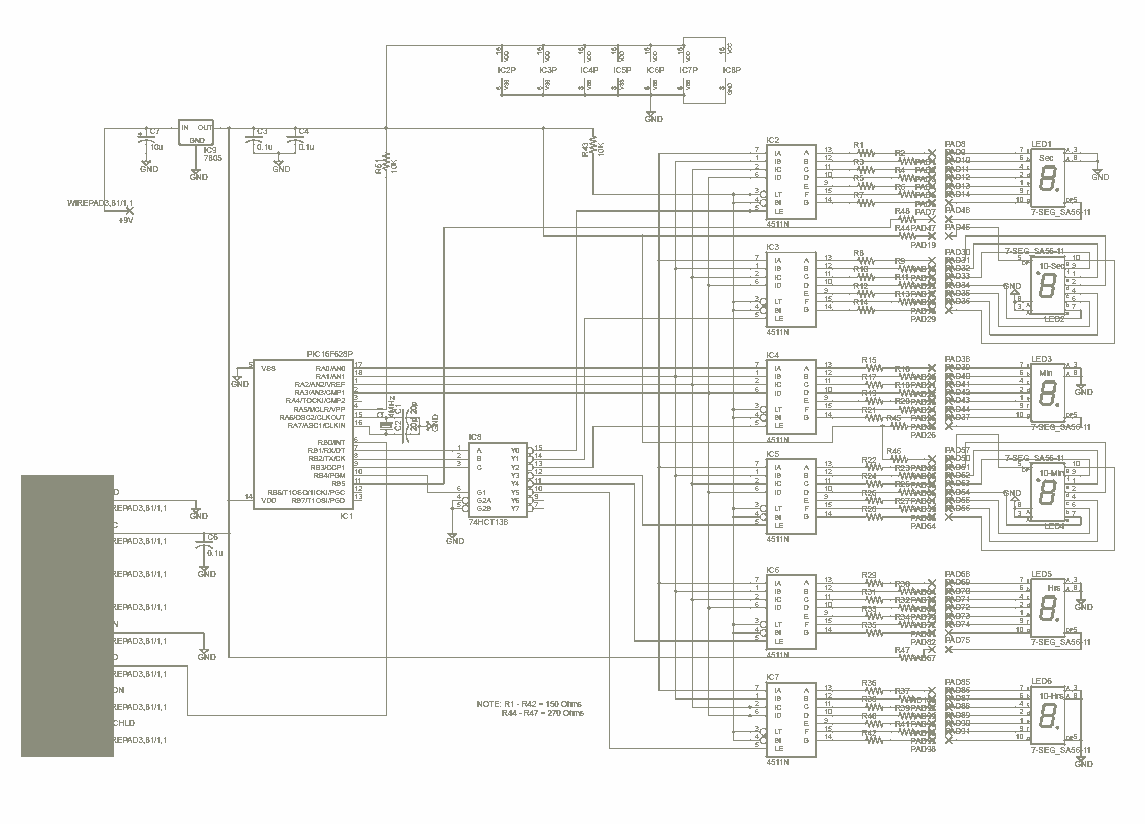
pic raymarine seatalk bus interface
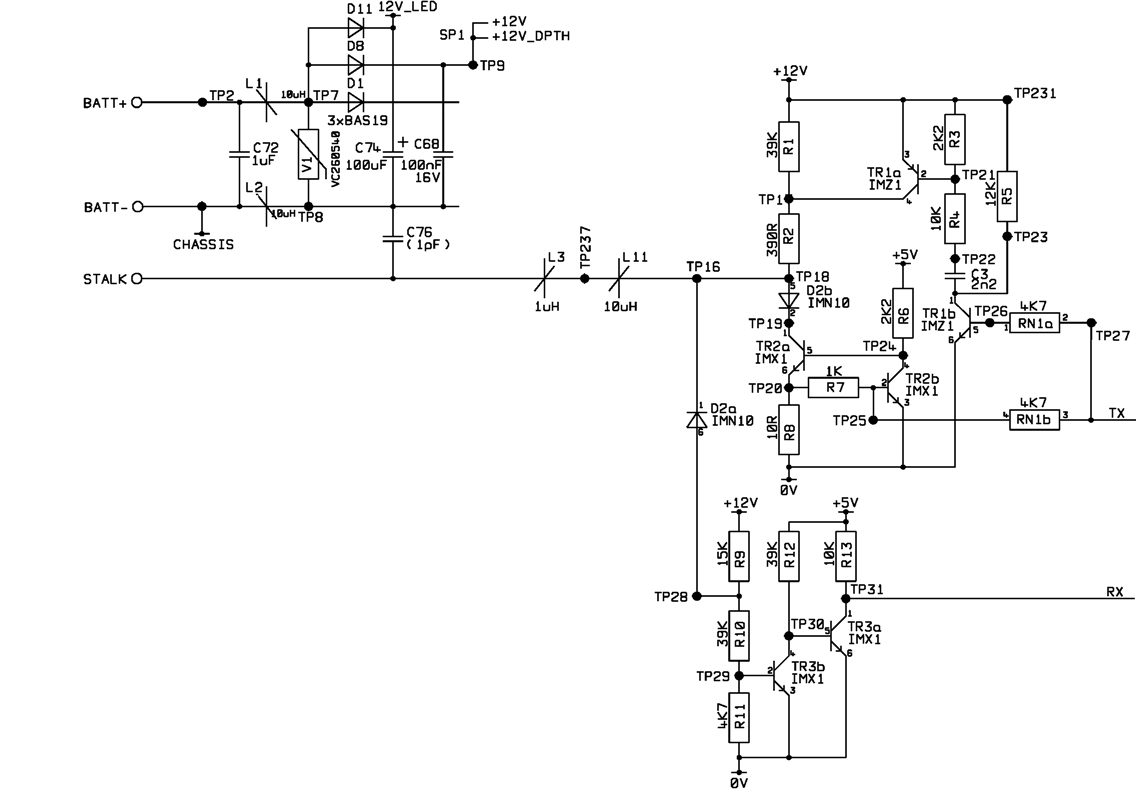
A project involves using a PIC microcontroller to communicate with the Raymarine SeaTalk bus. The schematic diagram for a Raymarine instrument shows a logic chip connected to the TX and RX connections on the right side, while the SeaTalk signals and power input are located at the top left. The aim is to simplify the right half of this circuit. It is acknowledged that fewer components can be utilized, as demonstrated by a simple circuit; however, this simple circuit was developed without access to the original schematic. The original circuit is expected to aid in designing a more efficient simple version. Challenges have been encountered in replicating the functionalities of the original circuit that are absent in the simplified version. Inversion is not a concern since the bit-banging method can be adjusted. The baud rate is set at 4800, with the SeaTalk bus operating at 12V and the original logic side at 5V, while the device operates at 3.3V. Although a "bus driver IC" was suggested, there seems to be a contradiction in seeking to reduce component count. From an engineering perspective, using two transistors and three resistors may be more efficient than employing a specialized IC along with its necessary support components. The simple circuit was created without knowledge of the original design, and if such a simple solution were adequate, it is likely that the original manufacturers would have implemented it over a decade ago. Numerous driver ICs are now available at a low cost, making it reasonable to consider using one, provided a suitable option can be identified.
A schematic for a communication interface between a PIC microcontroller and the Raymarine SeaTalk bus can be developed by focusing on essential components while ensuring functionality and reliability. The design should include a level-shifting mechanism to accommodate the voltage difference between the SeaTalk bus (12V) and the logic side of the microcontroller (3.3V). The use of a dedicated bus driver IC is advisable, as it can simplify the design by integrating multiple functionalities into a single component, thereby reducing the overall component count and enhancing reliability.
The circuit may consist of a bus driver IC capable of translating signals between the 12V SeaTalk bus and the 3.3V logic levels of the PIC. This IC should support the required baud rate of 4800 and be compatible with the bidirectional nature of the SeaTalk protocol. Additionally, the circuit should include bypass capacitors to filter noise and stabilize the power supply for the bus driver IC.
To further simplify the design, two N-channel MOSFETs can be employed as level shifters for the RX and TX lines. The gates of these MOSFETs can be driven by the PIC microcontroller's GPIO pins, allowing for bidirectional communication. Resistors can be used for pull-up and pull-down configurations to ensure proper signal integrity.
The final design must also incorporate adequate protection features, such as diodes to prevent reverse polarity and transient voltage suppression, ensuring the longevity of the components involved. This approach, while initially appearing to involve more components, ultimately leads to a more robust and maintainable circuit that adheres to the specifications of the SeaTalk communication protocol.I`m working on a project with a PIC to communicate with the Raymarine SeaTalk bus. The link below is the part of the schematic diagram of a Raymarine instrument. The logic chip is connected to the TX and RX connections on the right, and the SeaTalk signals and power enter top left. I want to simplify the right half of this circuit. I know it can b e done with fewer components, as this Simple Circuit shows: This simple circuit however was done without prior access the the official circuit above; I was hoping that having the original circuit would help in designing a better simple one. I`ve tried to follow what the original circuit does that the simple one doesn`t, but I`m struggling. Inversion doesn`t matter, as I can chose how I bit-bang the bus. Baud rate is 4800, the SeaTalk bus is a 12V bus, the logic side is 5V in the original, but 3. 3V in my device. I saw you asked for a "bus driver IC" but in the same sentence you asked about "reducing the component count".
In engineering terms using two transistors and 3 resistors beats using a specialised IC and whatever support components the IC needs. Like I said, the simple circuit was created without prior knowledge of the original. If such a simple circuit was sufficient, the original manufacturers would have used it when the product was designed over 10 years ago.
There are many driver ICs now available at little cost, so it seems sensible to use one, assuming a suitable one can be found. 🔗 External reference
A schematic for a communication interface between a PIC microcontroller and the Raymarine SeaTalk bus can be developed by focusing on essential components while ensuring functionality and reliability. The design should include a level-shifting mechanism to accommodate the voltage difference between the SeaTalk bus (12V) and the logic side of the microcontroller (3.3V). The use of a dedicated bus driver IC is advisable, as it can simplify the design by integrating multiple functionalities into a single component, thereby reducing the overall component count and enhancing reliability.
The circuit may consist of a bus driver IC capable of translating signals between the 12V SeaTalk bus and the 3.3V logic levels of the PIC. This IC should support the required baud rate of 4800 and be compatible with the bidirectional nature of the SeaTalk protocol. Additionally, the circuit should include bypass capacitors to filter noise and stabilize the power supply for the bus driver IC.
To further simplify the design, two N-channel MOSFETs can be employed as level shifters for the RX and TX lines. The gates of these MOSFETs can be driven by the PIC microcontroller's GPIO pins, allowing for bidirectional communication. Resistors can be used for pull-up and pull-down configurations to ensure proper signal integrity.
The final design must also incorporate adequate protection features, such as diodes to prevent reverse polarity and transient voltage suppression, ensuring the longevity of the components involved. This approach, while initially appearing to involve more components, ultimately leads to a more robust and maintainable circuit that adheres to the specifications of the SeaTalk communication protocol.I`m working on a project with a PIC to communicate with the Raymarine SeaTalk bus. The link below is the part of the schematic diagram of a Raymarine instrument. The logic chip is connected to the TX and RX connections on the right, and the SeaTalk signals and power enter top left. I want to simplify the right half of this circuit. I know it can b e done with fewer components, as this Simple Circuit shows: This simple circuit however was done without prior access the the official circuit above; I was hoping that having the original circuit would help in designing a better simple one. I`ve tried to follow what the original circuit does that the simple one doesn`t, but I`m struggling. Inversion doesn`t matter, as I can chose how I bit-bang the bus. Baud rate is 4800, the SeaTalk bus is a 12V bus, the logic side is 5V in the original, but 3. 3V in my device. I saw you asked for a "bus driver IC" but in the same sentence you asked about "reducing the component count".
In engineering terms using two transistors and 3 resistors beats using a specialised IC and whatever support components the IC needs. Like I said, the simple circuit was created without prior knowledge of the original. If such a simple circuit was sufficient, the original manufacturers would have used it when the product was designed over 10 years ago.
There are many driver ICs now available at little cost, so it seems sensible to use one, assuming a suitable one can be found. 🔗 External reference


